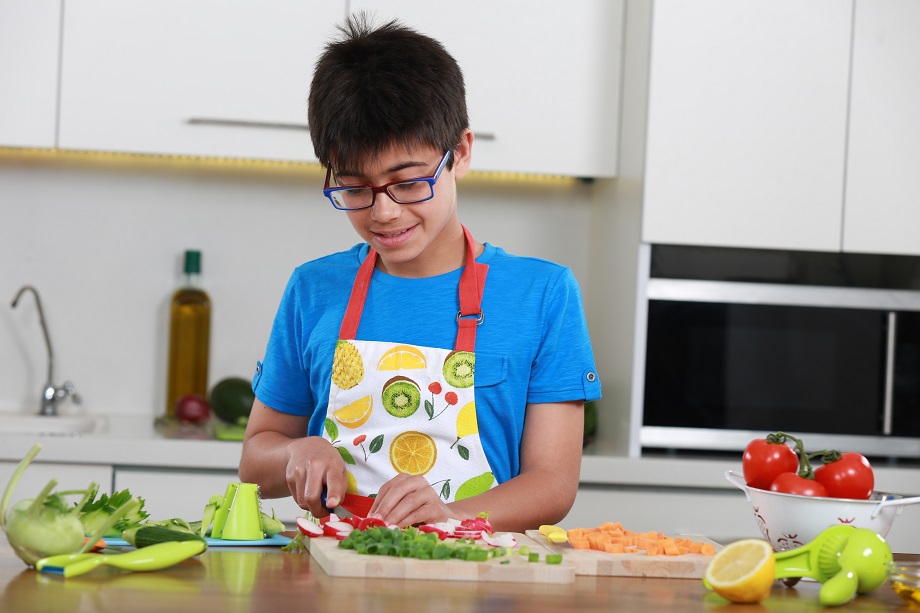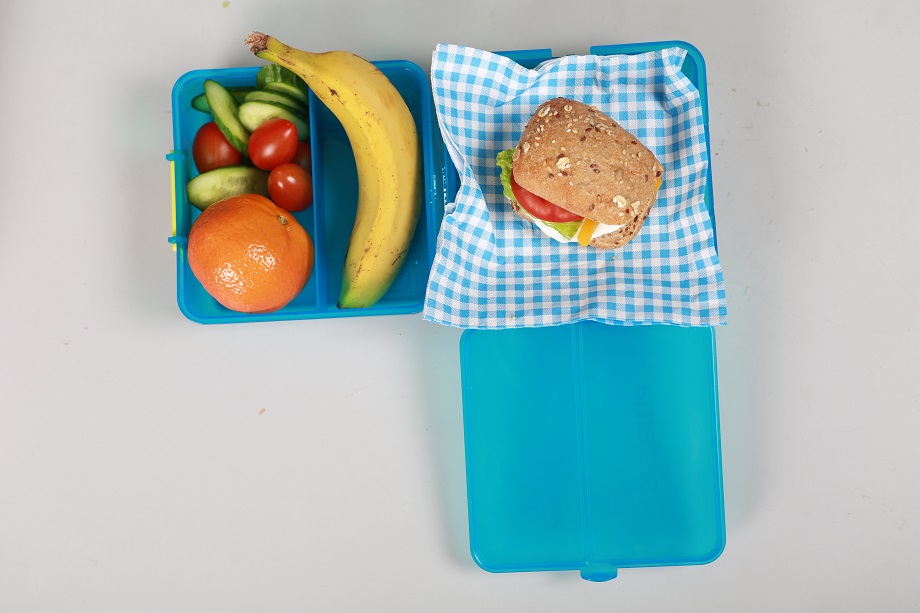
Healthy diet education – from an early age
Everything starts at home
We have the ability to direct children to acquire dietary habits that will help them in their adult lives. The modern lifestyle and long working hours leave us with relatively limited time with our children, and as a result, a growing proportion of children continue after school or preschool directly to after school activities and from there to classes until the late afternoon.
As a result, during the week, parents have little opportunity to influence the foods that children are exposed to, their eating habits, and the incorporation of fruit and vegetables into the daily menu. In addition, many parents feel the need to “compensate” children after many hours away from home, “compensation” that sometimes manifests itself by eating fast foods, processed foods, snacks and sweets.
Adding the many hours in front of various screens and blurring the boundaries between working hours and hours spent at home gives you a pretty challenging picture for parents – and of course for the children.
What can we do?
- It is recommended to eat family meals together at the dining table and not in front of the TV or the computer or while reading a book and doing homework.
- Make food preparation quality time shared between parents and children. Let the kids experience (under adult supervision, of course), get to know different ingredients, smell, taste and become familiar with healthier preparation practices.
- It is recommended to serve a variety of foods and incorporate various fruit and vegetables daily according to the new government dietary guidelines and nutritional rainbow.
- Set an example for the kids and eat a variety of foods yourselves.
- It is recommended to let children participate in the planning of the menu and food preparation. It is recommended to use a variety of cooking methods, such as steaming, grilling, roasting, boiling and baking, and reducing frying.
- Recommended foods – fruits and vegetables, whole grains – should be available and within reach of children, so as to reduce consumption of fast food and snacks.
- It is important to avoid the consumption of sugar-sweetened beverages. The recommended drink is plain water.
- It is advisable for the whole family to do regular physical exercise together, for example: climb stairs together instead of using the elevator.

Image: Osnat Rom
Preparing family meals with the kids. Getting to know ingredients and healthy preparation methods.
Important: Do not skip breakfast at home
Food is the body's energy source, energy that contributes to growth, development and normal daily functioning. After a night of sleep during which the body receives no food, energy levels are low and it is recommended that breakfast at home be part of the routine before leaving home. Breakfast is completed with a snack at ten, which is important for children as part of distribution of meals over the day.
Many studies point to improved academic achievements, improved concentration and listening abilities, and even decreased classroom disruptions and proper behavior after children eat at home in the morning and have a snack at school. It is recommended to prepare breakfast and snacks using the following nutritional ingredients: grains, protein-rich foods, vegetables, fruit and water.
Sandwiches and lunch boxes for preschool and school
Most homes wake up in the morning to making sandwiches and lunch boxes for children leaving for various educational settings. In many cases, these sandwiches establish the habits of consuming industrial fast foods that are not exactly part of a healthy, recommended diet for children.
How to make healthier sandwiches (without too much time or effort)
Switch to whole wheat bread: whole wheat is rich in dietary fiber, contains vitamins and minerals and their carbohydrates are released slowly – contributing to a sense of satiety and improving concentration. More about the advantages of wholegrains.
Important: It is worth preparing sandwiches with bread, pita or rolls that have the “EfshariBari” label. This way you can be sure that these are breads containing at least 80% whole wheat flour, along with lower sodium (salt) and calorie values. Add vegetables and fruit to lunch boxes – inside or alongside the sandwich.
Video: healthy sandwich (in Hebrew)
Together with the kids: Read, Compare and Choose Healthier
- In January 2020, red labelling of harmful foods was launched. It is recommended to explain the meaning of the labels to children and involve them in choosing healthier products instead of those marked with a red symbols.
- More about red symbols on harmful foods
- It is also recommended to read the list of ingredients together with the kids on foods they are used to eating, talk about the meaning of the ingredients and understand together how to compare and make healthier choices between products from the same category.
More information about the red label - Diversify and be surprised: ‘Play’ with different colors and ingredients in the lunch box. Variety creates interest in children too, is a source for topics of conversation and turns healthy eating into part of the attention we give our kids.

Colorful lunch box: whole wheat sandwich, vegetables in and out of the sandwich, fruit. Image: Osnat Rom
EfshariBari in educational institutions
In recent years a number of initiatives and programs have been launched by the Ministries of Health and Education as part of the national program ‘EfshariBari’, some in collaboration with parents to promote a healthy lifestyle through nutrition and physical activity in preschools and schools.
In the ‘Health Promoting Preschools’ program, teachers expose kids to a variety of foods with an emphasis on eating lots of fruit and vegetables and drinking water. EfshariBari in collaboration with parents started changing the menu at birthday parties with snacks, sweets and sugar-sweetened beverages being replaced by activities, songs, dancing and healthier snacks including (alongside the cake, of course) cut fruit and vegetables in a variety of colors.
Another initiative launched in preschools was the establishment of vegetable gardens – kids learn the importance of eating a variety of fruit and vegetables and eat the fruit and vegetables they grow themselves, thus acquiring important dietary habits. Healthy lifestyle initiatives also continue in schools through ‘Health Promoting Schools’ initiatives.
In addition, a set of EfshariBari cooking classes on Mediterranean nutrition create an extraordinary experience for all-ages. They can be implemented by class, level or school, by learning and experiencing preparing and eating simple, affordable, healthy and tasty recipes together.
Healthy nutrition in educational institutes
Healthy and fun - poster for schools
Healthy nutrition in regular and stressful times
Poster for schools
Poster for kindergartens that provide meals
Poster for kindergartens that do not provide meals
Further reading
Nutritious Lunches for Preschool and Elementary School, Ministry of Health website
Dietary Guidelines for Children and Teenagers, Ministry of Health website



